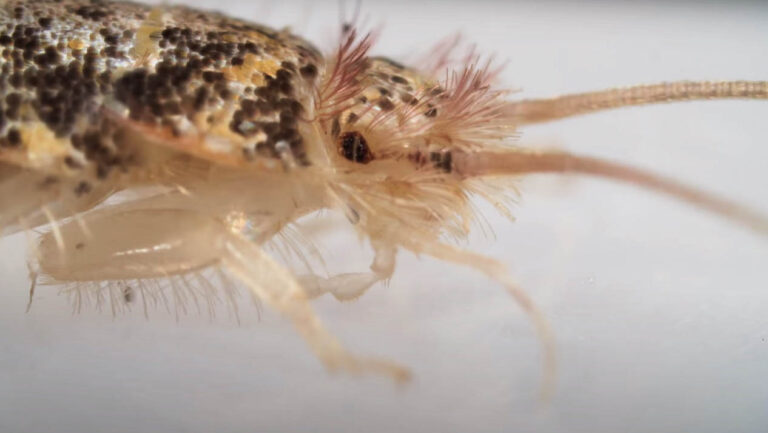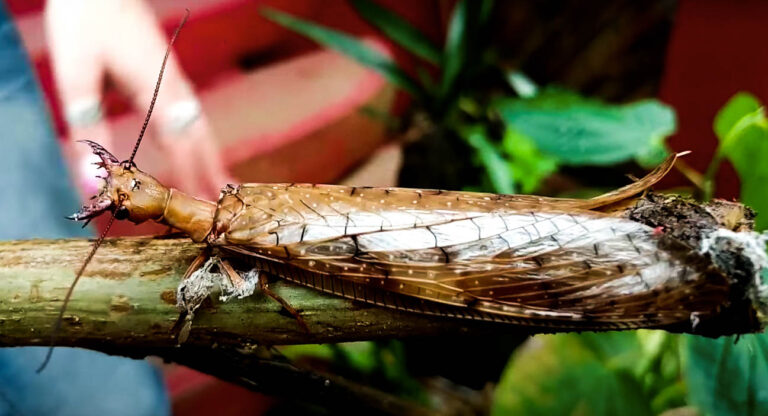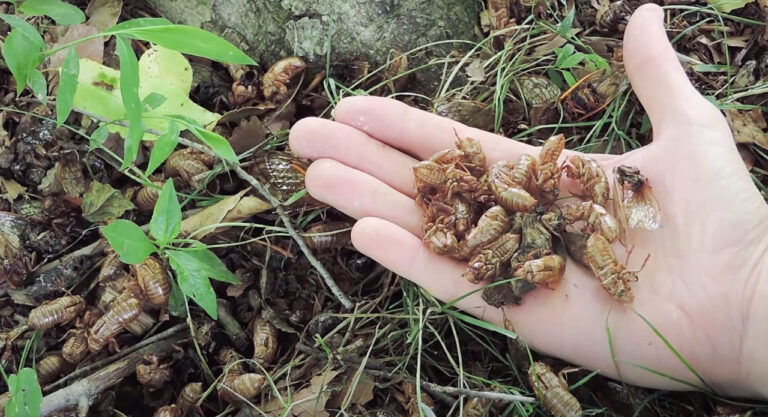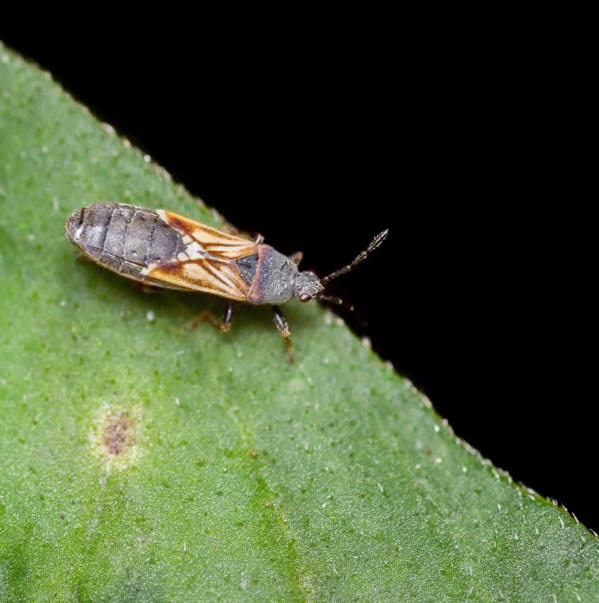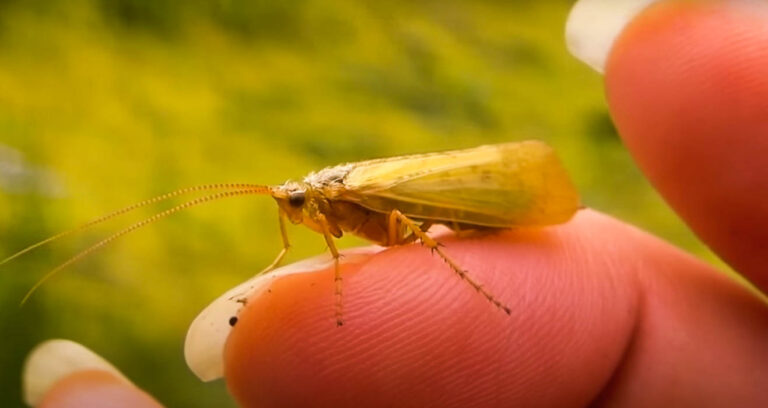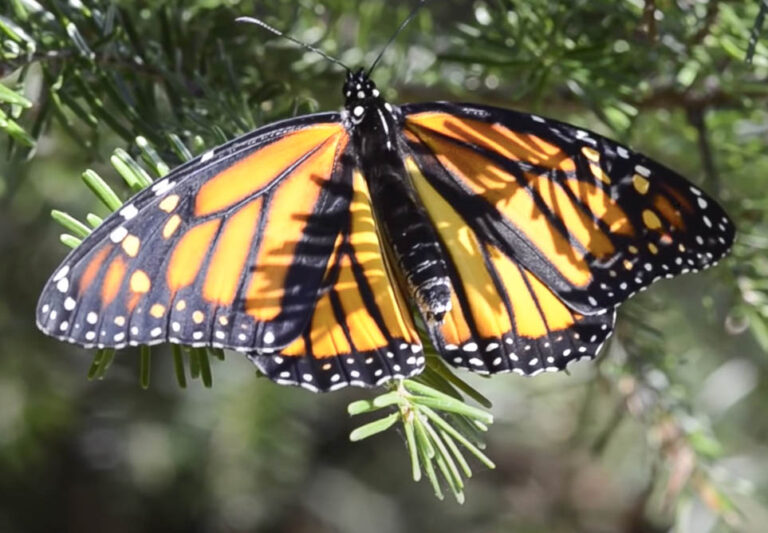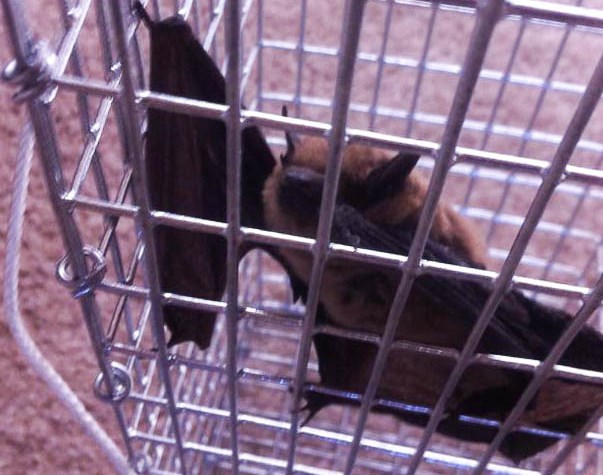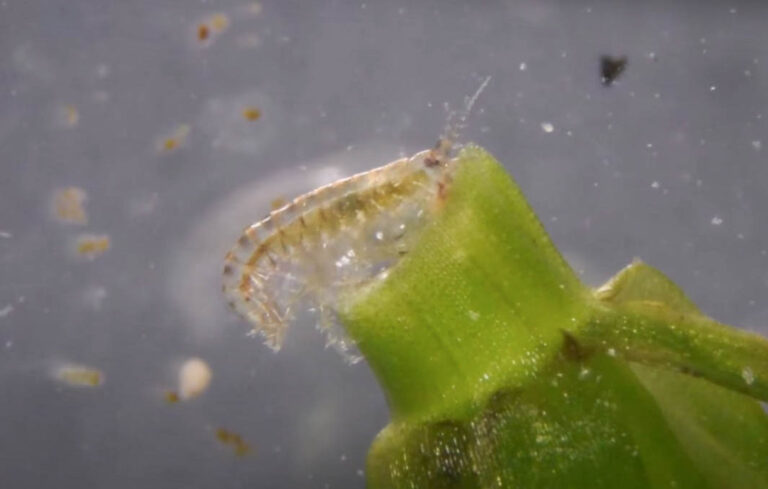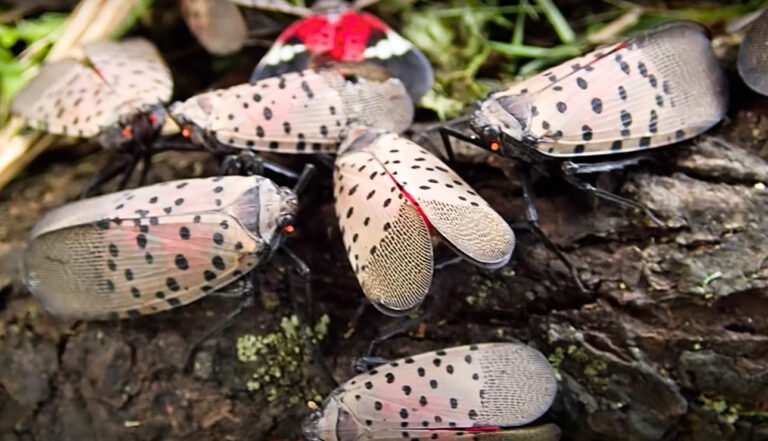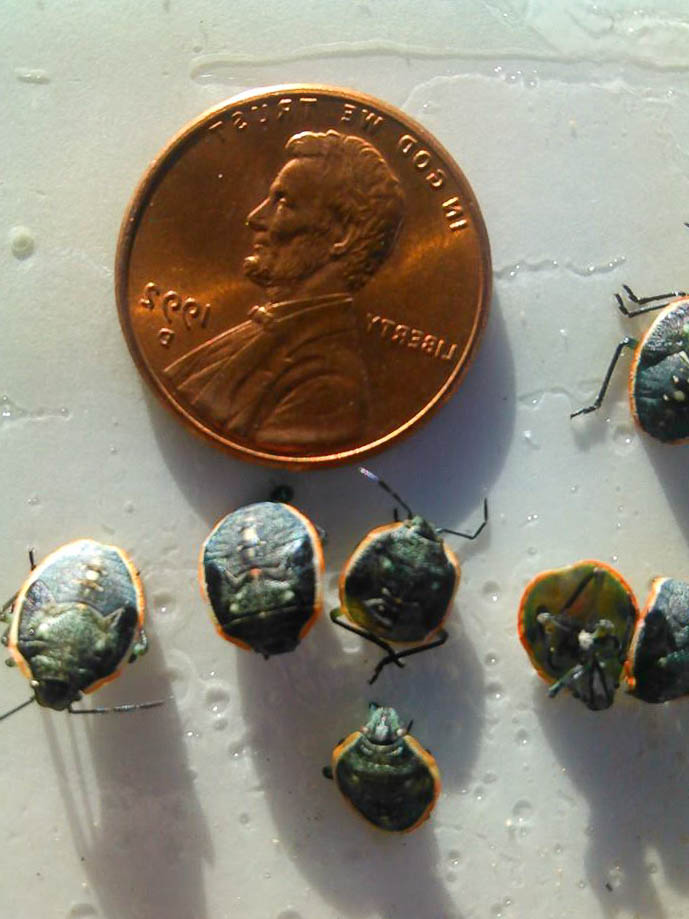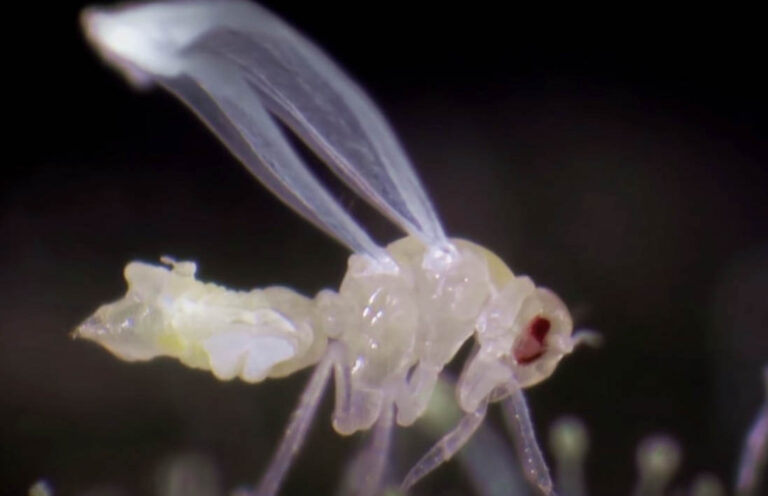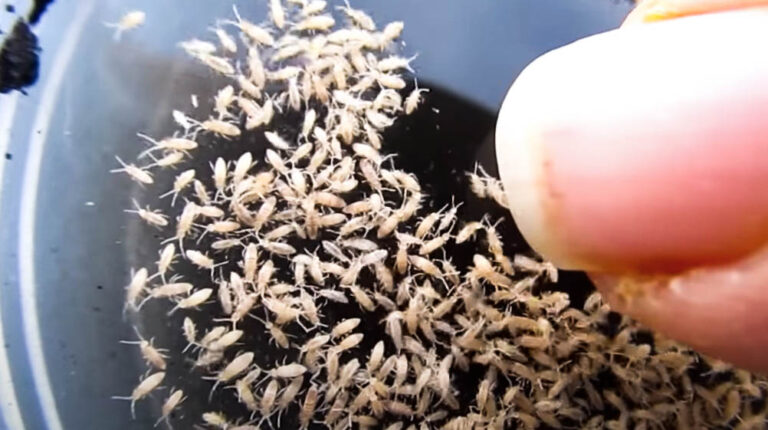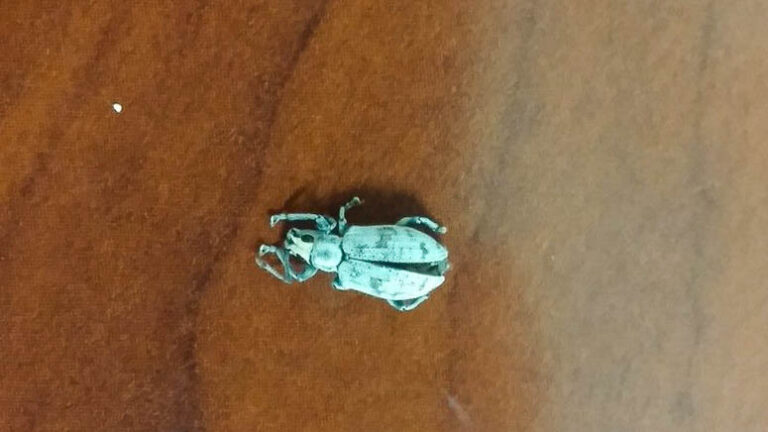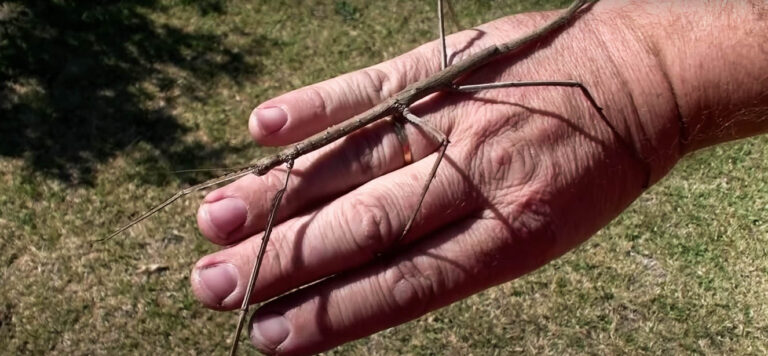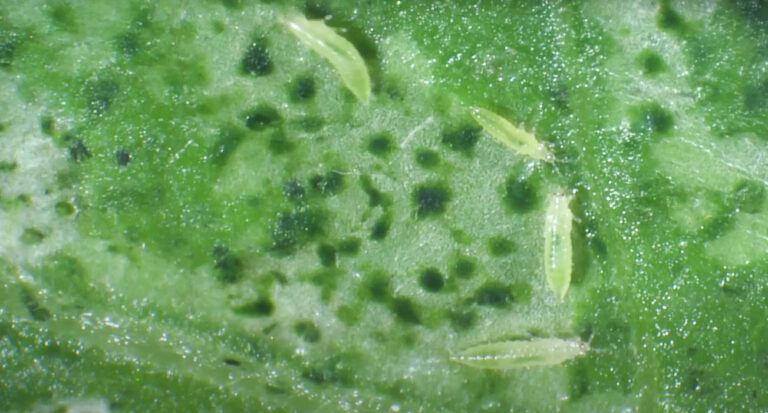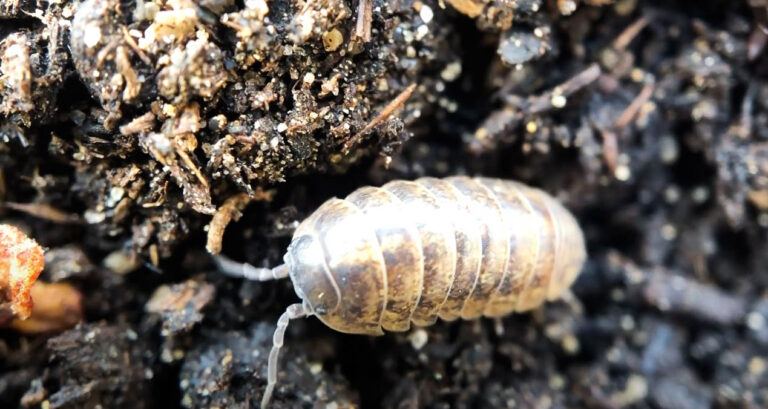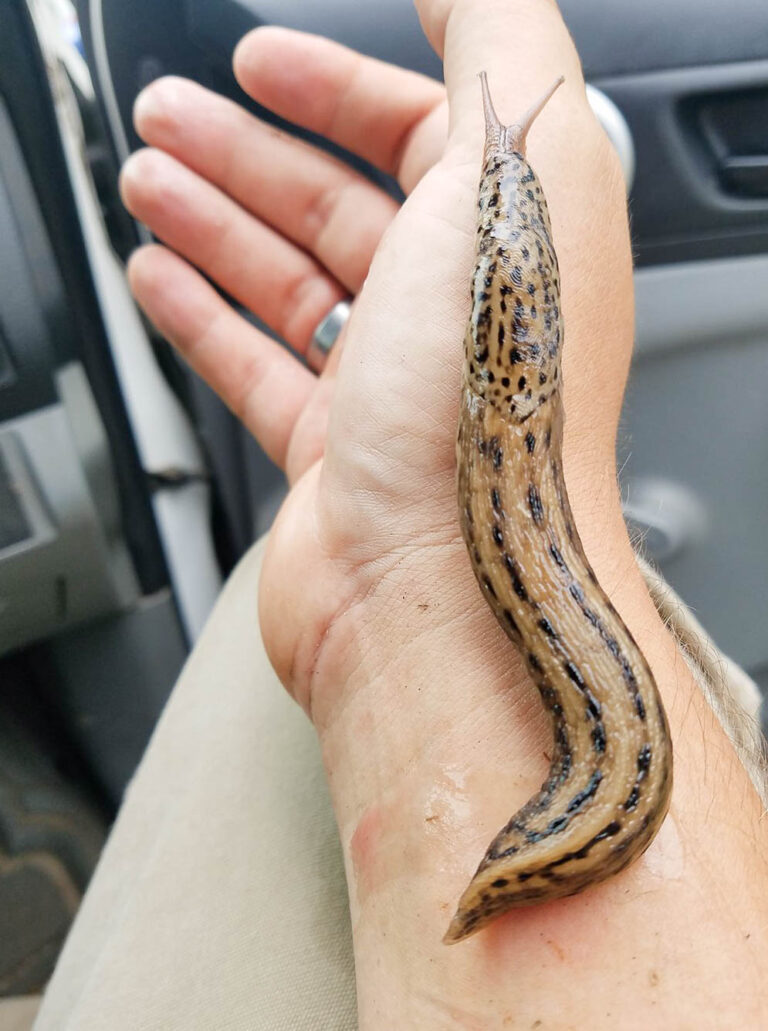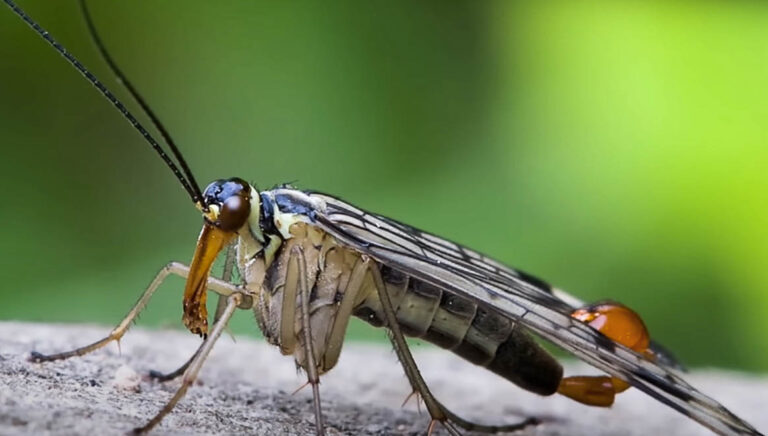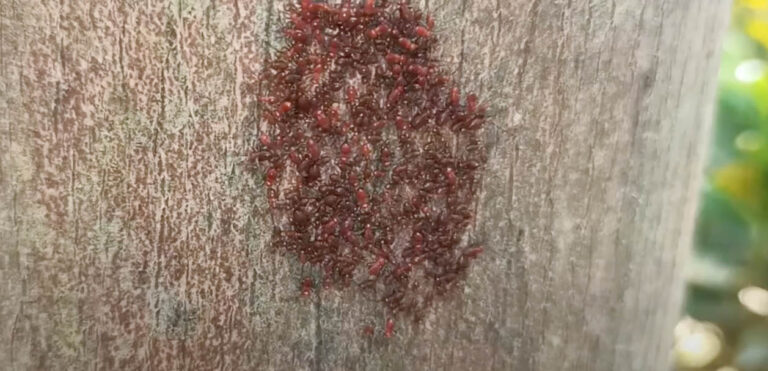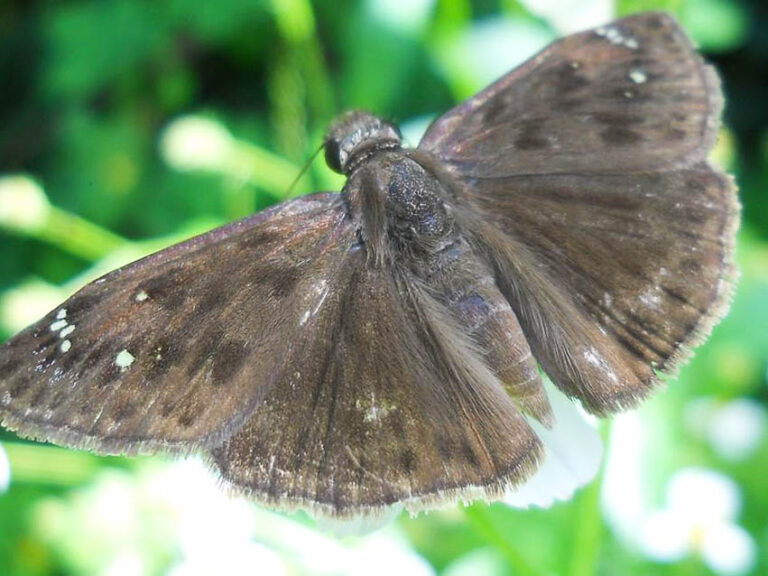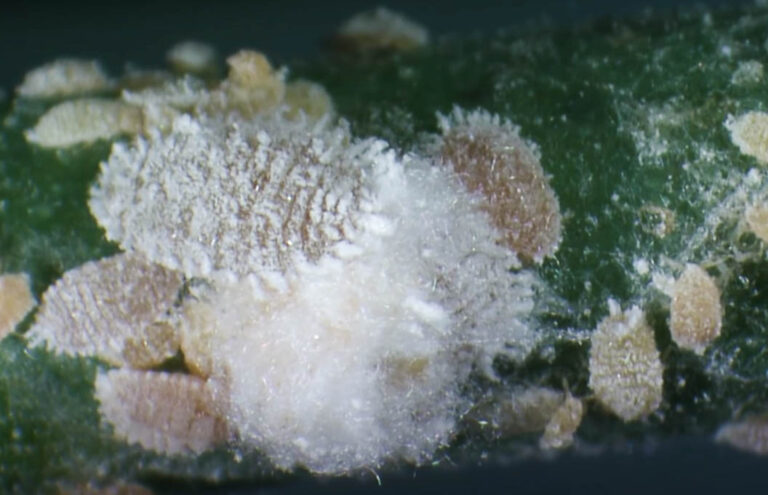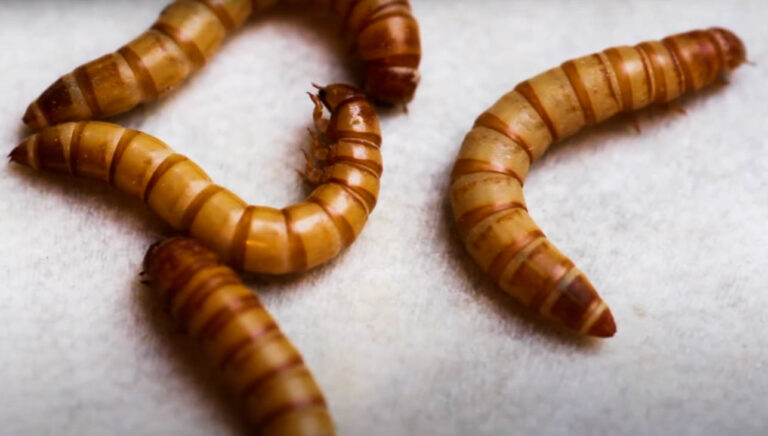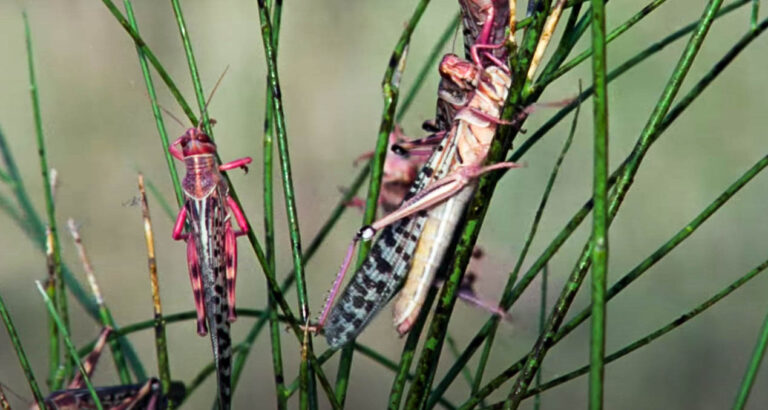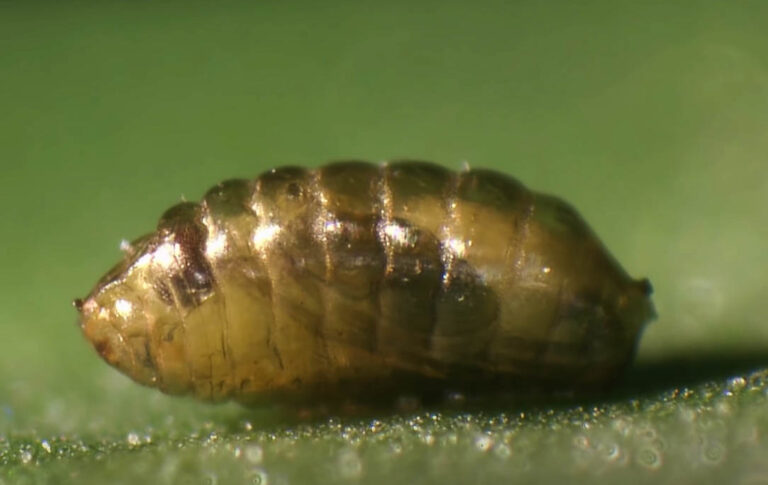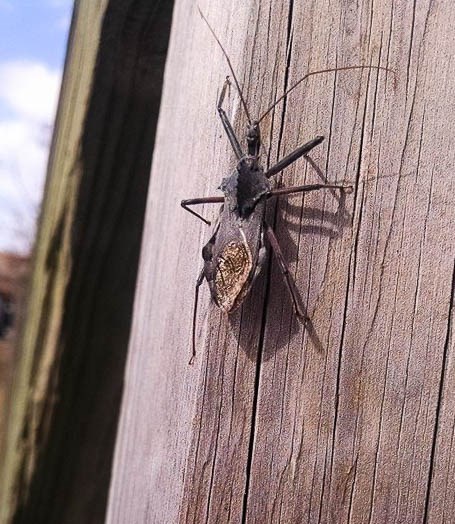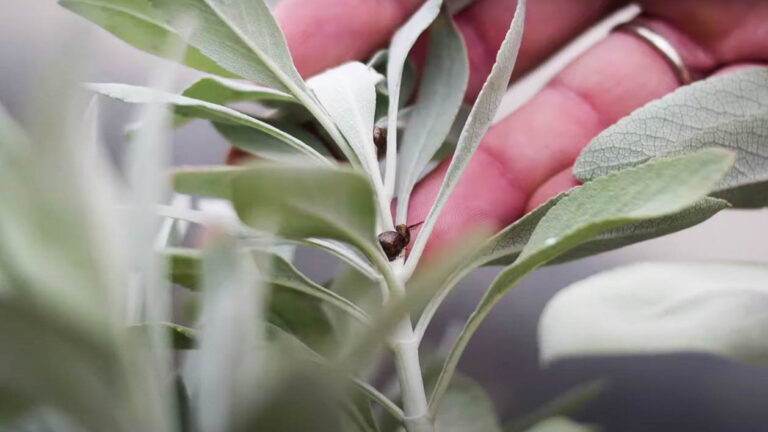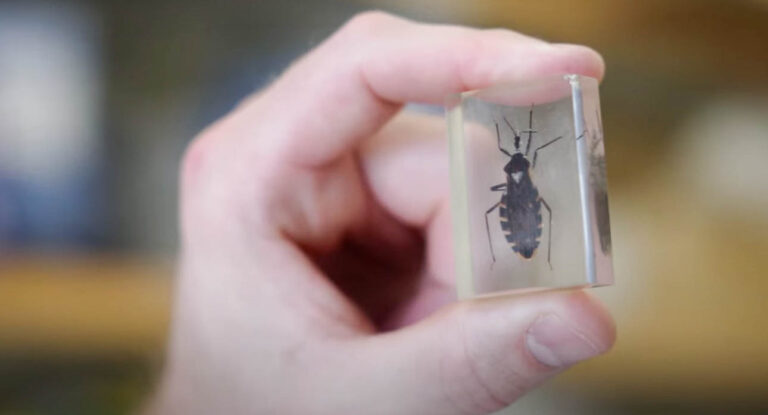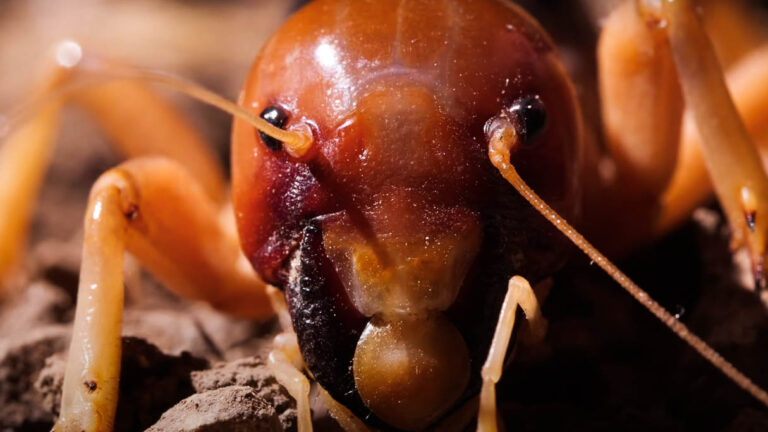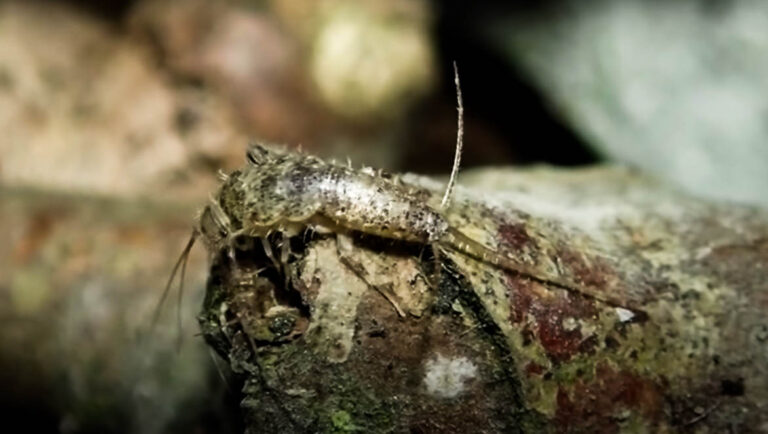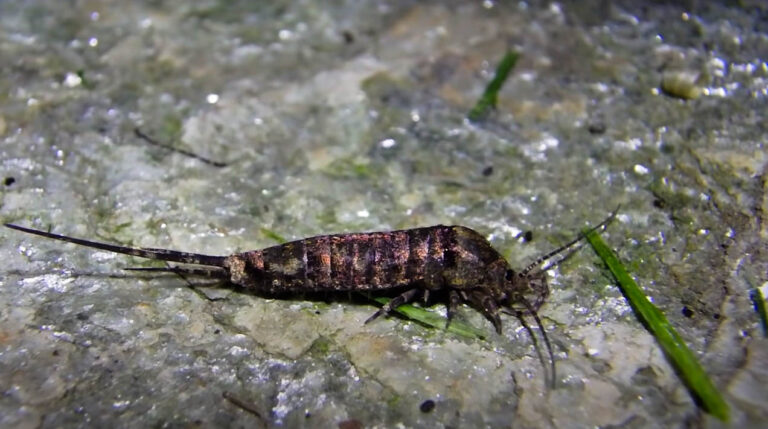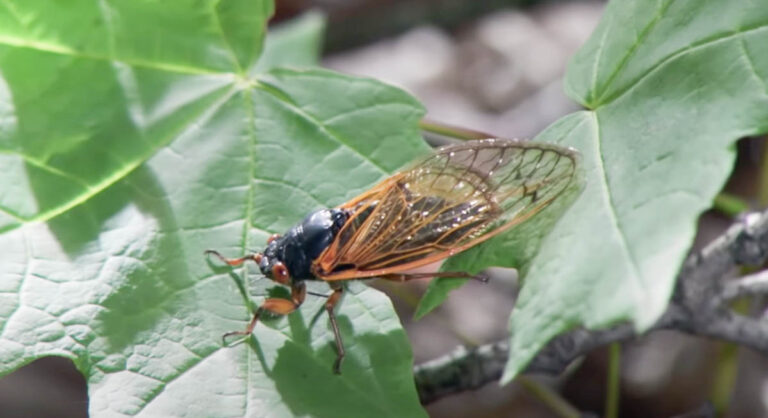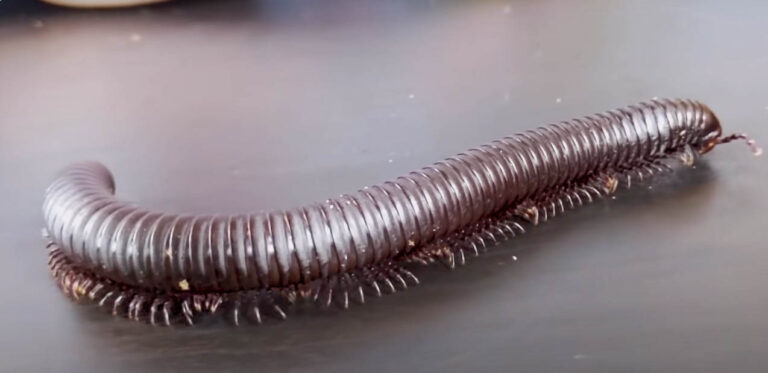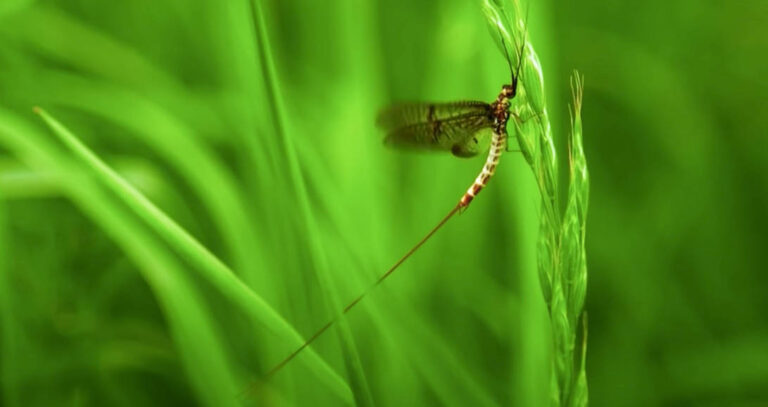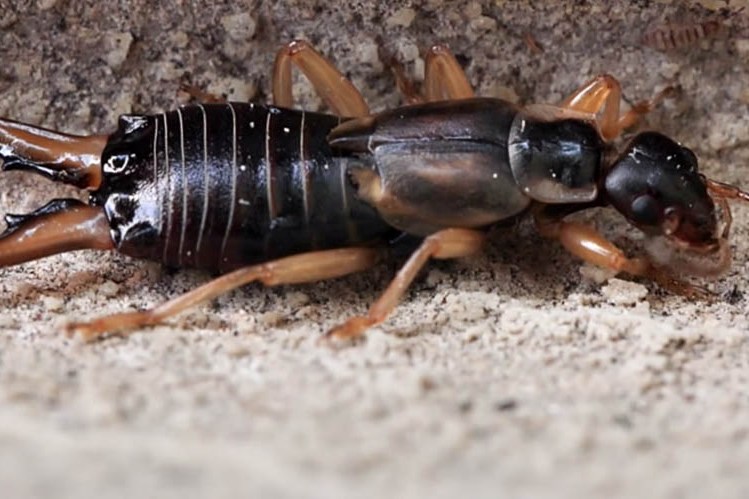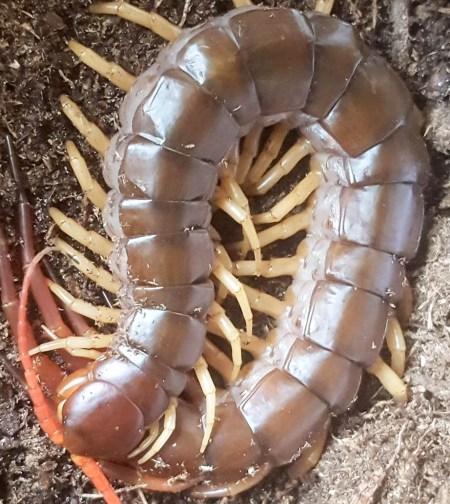About Spotted Lanternflies
About Spotted Lanternflies
Originally only found in various parts of Asia, the spotted lanternfly was not anywhere to be found in the United States. After rapid population growth, the spotted lanternfly can now be found as an invasive species in the northeastern region of the United States. Continue reading this article for more information about this pest and how you can get rid of them should you need to.
Appearance
Hands-down the most distinguishing physical feature on a spotted lanternfly is the unique gray wings that have black spots on them. In addition to these spotted wings, there are hind wings that are black and red. As if there is not enough contrasting color on these flies, they also possess a yellow abdomen that has black bands around it. These insects are generally around an inch long and are very easy for many people to identify right away. If they are at rest in natural surroundings, it may be hard to see them, as their gray color helps them melt into their habitat quite well.
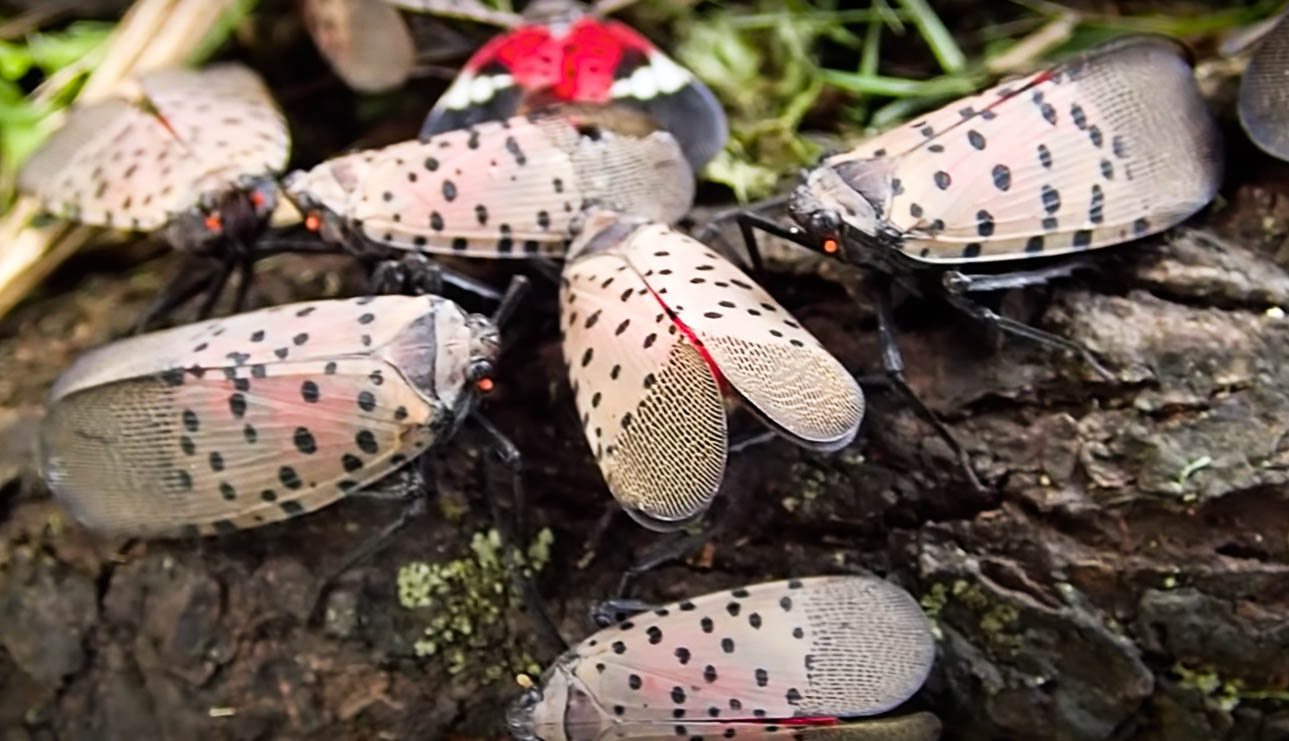
Behavior
The striking appearance of the spotted lanternfly is hard to see unless they are startled by a potential predator. The reason that they have the bright and contrasting colors is to startle predators and keep them at bay. While lanternflies do have wings and can fly, they are not excellent fliers. They often fly, but only for very short distances and low heights. While their flying skills are subpar, they can quickly jump from one plant to another with minimal effort. When it comes to the spotted lanternfly’s diet, they will suck out the sap of most plants they can find. As they suck out the sap, they take in too much and excrete a lot of it, creating “honeydew”. This waste attracts more insects or can even cause mold to grow, causing more damage to the plant. When winter rolls around, adult lanternflies die and their offspring in egg form will hatch and begin their lives in the late spring.
Habitat
Spotted lanternflies will inhabit any area that is capable of plant life. This is due to the fact that these bugs will live directly on plants. Their favorite type of habitat is hardwood trees, as they provide excellent concealment and protection from both predators and mother nature. If they cannot find hardwood trees, they will inhabit softwood trees, vines, and even tall weeds. Whenever winter comes around, adult lanternflies will not try to get into homes or buildings because they do not survive winter.
Damage They Cause
Spotted lanternflies are not harmful to homes, as they do not destroy any building materials or any belongings. They also will not bite humans and do not carry any diseases. Instead, spotted lanternflies have the ability to destroy trees, crops, vegetables, and a variety of other plants. They can cause serious damage and wipe out large swaths of plants. As if this is not bad enough, the invasive insect also lays a thick paste of eggs that can be found all over the countryside. The excrement from the excess sap also causes a mess, as it is everywhere and attracts insects and creates mold, causing real issues for those unlucky enough to live around the lanternfly.
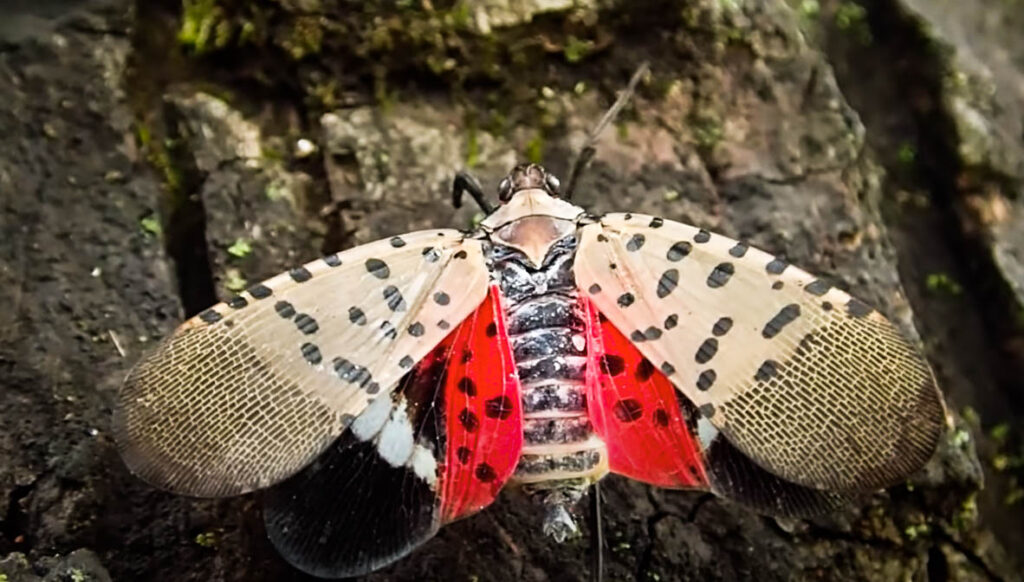
Infestation Signs
Luckily, an infestation of spotted lanternflies is incredibly easy to spot. If you see any thick paste that looks like mud, you have likely found a lanternfly’s eggs. If you see any sappy, moldy paste around your home or property, you have likely found the “honeydew” that the lanternfly is so famous for. And the final way that you would be able to spot an infestation is simply to see many of these insects on surfaces in your home, as they are not hard to spot. If one or two make their way into your home, there is a low probability that you will have an infestation, as the eggs will likely not live long enough to hatch.
How to Get Rid of Them
If you see that you have a spotted lanternfly infestation in your home or garage, there are easy steps you can take to get rid of them once and for all. Simply smash them whenever you can, spray insecticide liquid and dust in areas that they frequent, and even use a vacuum to clean them up whether they are dead or alive. If you encounter their eggs, be sure to wipe them up and dispose of them, as these invasive bugs need to be disposed of whenever possible. If you have a bad infestation or cannot seem to get rid of them, be sure to call a professional pest control specialist so that they can help you out.

